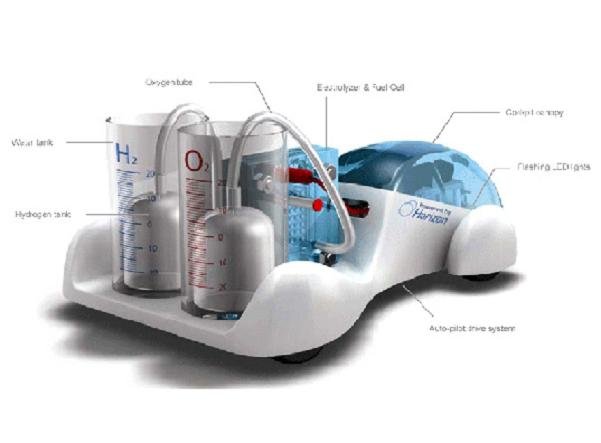Graphene Replaces Platinum, Japan's New Catalytic Technology Expects to Reduce Fuel Cell Costs
Since the fuel cell vehicle emits only a small amount of water and emits almost no other pollutants, it is considered to be a clean next-generation automobile. However, one of the reasons for the high battery cost of fuel cell vehicles is the use of platinum as a catalyst in the battery. The scientific community has therefore been developing alternative cheap catalysts as an alternative catalyst. A research team led by Toshi Ito, a teaching assistant at Tohoku University in Japan, tried graphene as an alternative catalyst. Graphene is a single-layer, sheet-like structure made of carbon atoms and is inexpensive. The researchers first made a three-dimensional structure using flake-shaped graphene, and then applied nitrogen vapor and sulfur to the three-dimensional structure by vapor deposition. As a result, it was found that the greater the amount of nitrogen and sulfur deposited, the more efficient it is to produce more hydrogen. The researchers pointed out that if nickel is added to the graphene catalyst, the hydrogen production capability can exceed that of the platinum catalyst. It is expected that after the marketization of this technology, the cost of the fuel cell can be greatly reduced. Set Adjusting Additive and Admixture
For cement based or gypsum based product like mortar or concrete, set adjustment is so necessary, which is important for ensure the application time and early strength development. There are many types of product to change the initial and final setting time. In some case, Set Retarder is adopted to extend the setting for cement or gypsum including tartaric acid, citric acid, sodium gluconate etc. In other case, Set Accelerator is also critical to shorten the setting time and improve the early strength, such as lithium carbonate, lithium sulphate and calcium formate etc. CSA cement, as fast setting cement, works as fast-setting admixture, which give excellent instant setting effect when used alone or combined with ordinary portland cement. Furthermore, in some fast-setting binder system, retarder and accelerator have to be added together to fine tune the hydration process.
Set retarder,cement retarder,gypsum retarder,set accelerator,early strength agent,tartaric acid,set adjusting admixture Shanghai Na Long Tech Co., Ltd , https://www.na-long.com